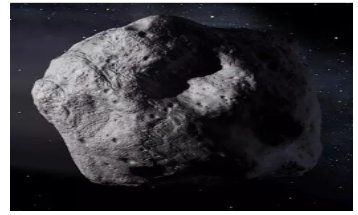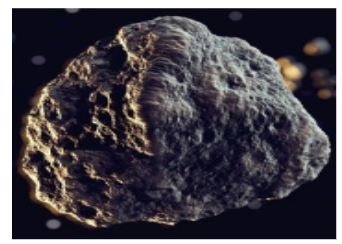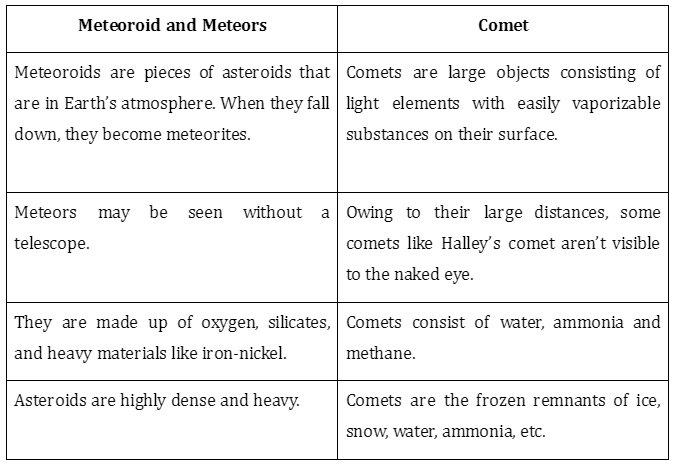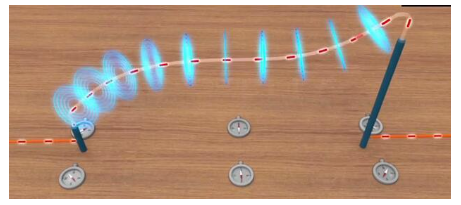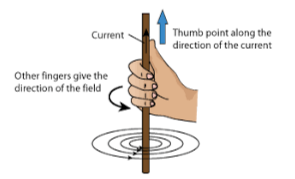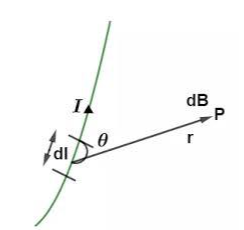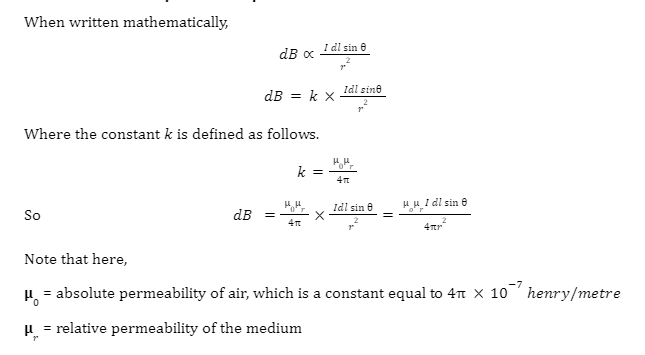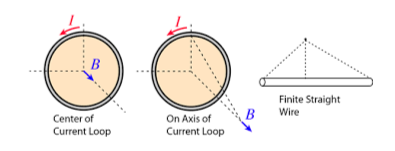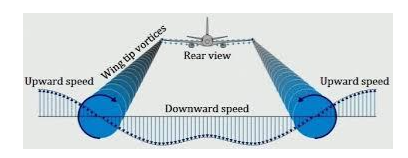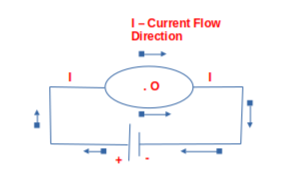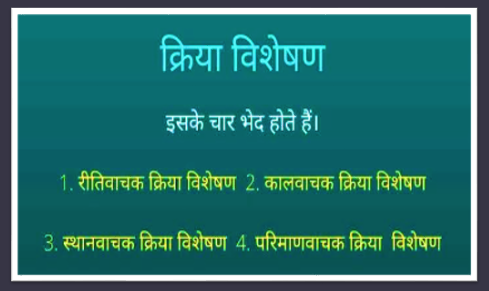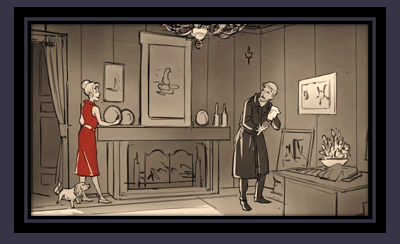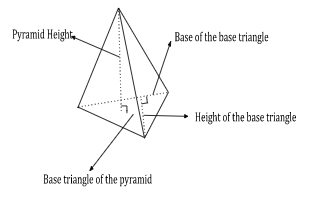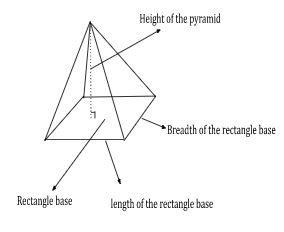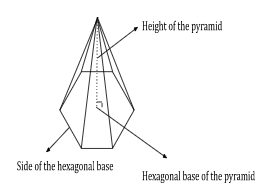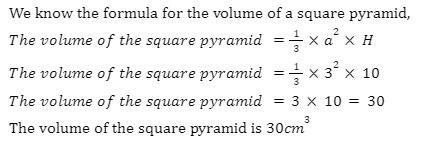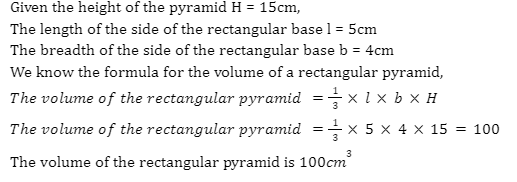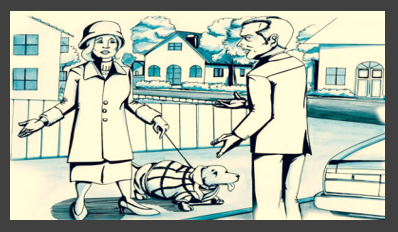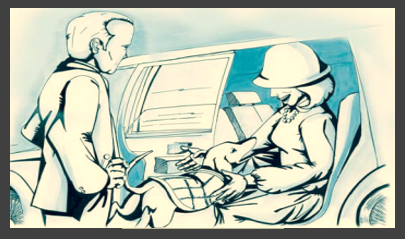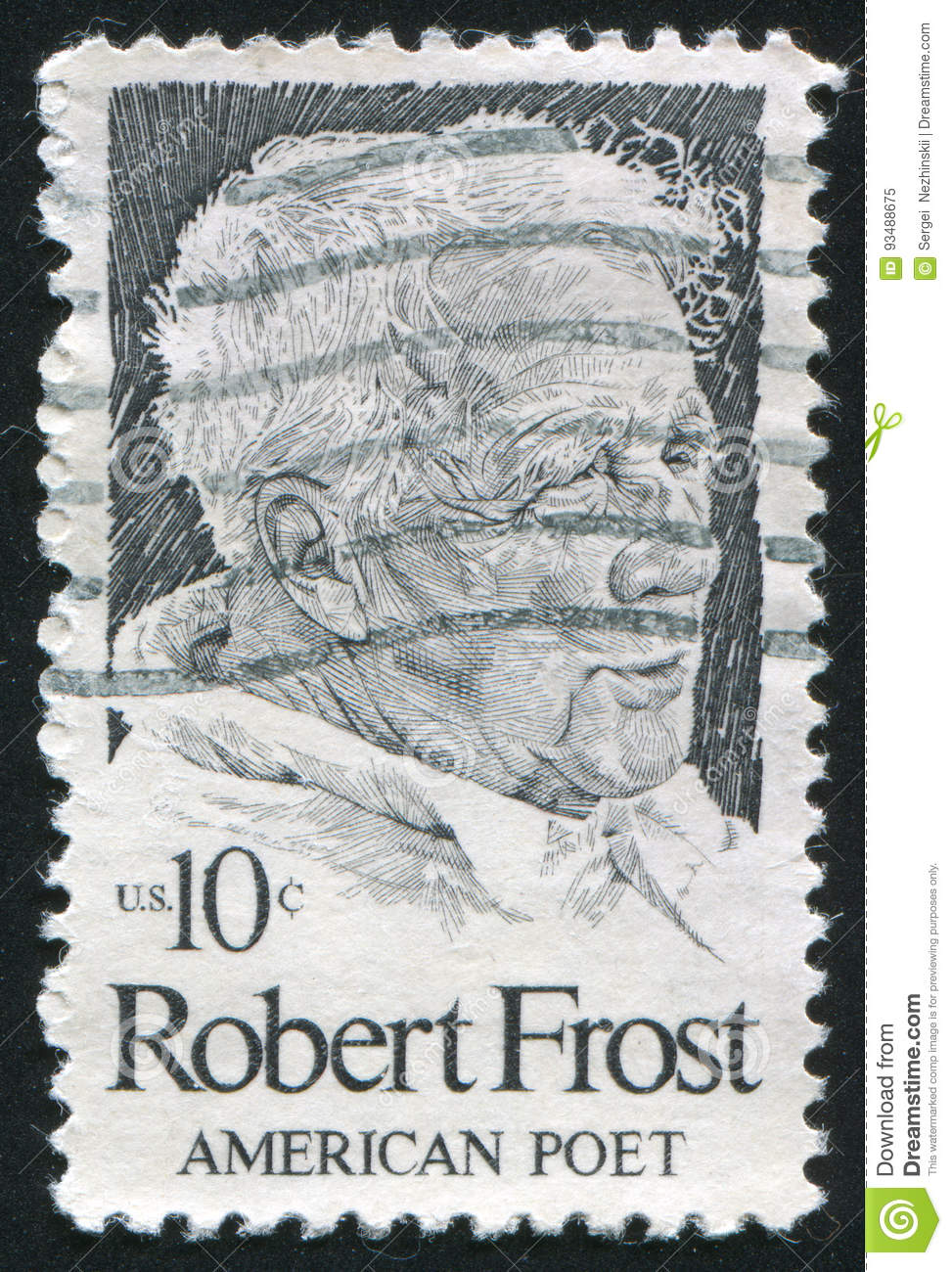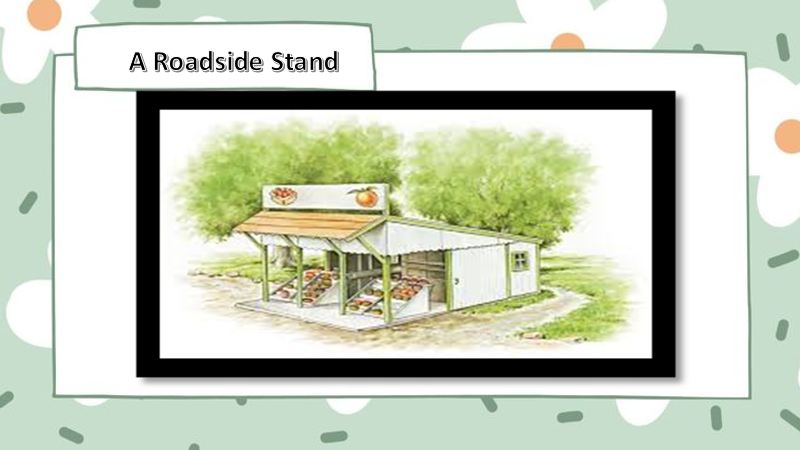Introduction
The -OH bond is present in the functional group of alcohols and phenols. Carbonyl compounds are another type of organic chemical that contain the C=O group. More than one class of chemical compounds has this cluster. Carbonyl compounds, which include aldehydes and ketones, are a class of organic molecules distinguished by the presence of a carbonyl group (>C=O). The group is attached to a Hydrogen atom in aldehydes. Lack of hydrogen allows the carbonyl group to be referred to as the ketonic group; this group is absent in ketones.
Whereas aromatic ketones have no alkyl groups, aliphatic ketones have from one to three. An aryl group must be present in at least one of them. Both families share a carbonyl group, which explains why their members are so similar in appearance and how they are prepared. Nevertheless, aldehydes and ketones have different reactivities because of the presence of a hydrogen atom in aldehydes against the absence of such an atom in ketones. Aldehydes and ketones are similar in that they are both highly reactive. Because of the carbonyl group’s reactivity as a polar, Pi ()-bonded carbonyl radical.
What are Alcohols?
For alcohols and phenols to develop, one or more hydrogen atoms must be exchanged from the original hydrocarbon. In regards to alcohols, the -OH is the hydroxyl group. A phenolic group resides in or is conjugated to a benzene ring. The alcohols do not allow for any search resonance. That’s why phenols are so acidic, whereas alcohols are so basic. Monohydric alcohols, or -OH alcohols, only have one hydroxyl (-OH) group.
In chemical notation, these are written as R-OH. Based on the characteristics of the carbon atoms with which the -OH group forms a bond, these are further classified as primary (1°), secondary (2°), or tertiary (3°) hydroxyl groups.
Oxidation of Alcohols to Aldehydes and Ketones
Method of Preparation of Aldehydes
Aldehydes are the oxidation products of primary alcohols. The oxidation is normally carried with acidified \({{\bf{K}}_2}{\bf{C}}{{\bf{r}}_2}{{\bf{O}}_7}\) or aqueous/alkaline \({\bf{KMn}}{{\bf{o}}_4}\).
When Ethyl alcohol is reacted with alkaline \({{\bf{K}}_2}{\bf{C}}{{\bf{r}}_2}{{\bf{O}}_7}\) it immediately oxidised to Acetaldehyde and gives water.
\({\bf{C}}{{\bf{H}}_3}{\bf{C}}{{\bf{H}}_2}{\bf{OH}} + {\rm{ }}{\bf{KMn}}{{\bf{O}}_4} \to {\bf{C}}{{\bf{H}}_3}{\bf{CHO}}{\rm{ }} + {{\bf{H}}_2}{\bf{O}}\)
In case alcohols, particularly aromatic, have poor solubility in water, then a solution of chromic acid (\({{\bf{H}}_2}{\bf{Cr}}{{\bf{O}}_4}\)) dissolved in acetone (\({{\bf{C}}_3}{{\bf{H}}_6}{\bf{O}}\)) can be used. This is known as Jones reagent.
\({{\bf{C}}_6}{{\bf{H}}_5} – {\bf{C}}{{\bf{H}}_2}{\bf{OH}}{\rm{ }} + {{\bf{H}}_2}{\bf{Cr}}{{\bf{O}}_4} + {{\bf{C}}_3}{{\bf{H}}_6}{\bf{O}} \to {{\bf{C}}_6}{{\bf{H}}_5} – {\bf{CHO}}{\rm{ }} + {\rm{ }}{\bf{Water}}\)
Method of Preparation of Ketones
Ketones are products of oxidation of secondary alcohols. The oxidation is normally carried with acidified \({{\bf{K}}_2}{\bf{C}}{{\bf{r}}_2}{{\bf{O}}_7}\) or aqueous/alkaline \(\;{\bf{KMn}}{{\bf{o}}_4}\).
\({{\bf{C}}_2}{{\bf{H}}_6}{\bf{CHOH}} + {\rm{ }}{\bf{KMn}}{{\bf{O}}_4} \to {{\bf{C}}_2}{{\bf{H}}_6}{\bf{C}} = {\bf{O}}{\rm{ }} + {{\bf{H}}_2}{\bf{O}}\)
Oxidation of secondary alcohols can also be done with the help of oppenaur oxidation in which the secretarial course is refluxed with excess acetone in the presence of aluminium tertiary butoxide in benzene or toluene solution. The secondary alcohol is oxidised to corresponding ketone while ketones simultaneously reduce to secondary alcohol.
Reduction of Alcohols
- Alkyl halides are best prepared from alcohols by replacing the group with halogen atom ().
- Alkyl chlorides or chloroalkanes are prepared by reacting in alcohol with a mixture of anhydrous and Hydrogen Chloride gas (mixture is called Lucas reagent). This is known as Groove’s process.
\({\bf{C}}{{\bf{H}}_3}{\bf{C}}{{\bf{H}}_2}{\bf{OH}}{\rm{ }} + {\rm{ }}{\bf{HCl}}\left( {\bf{g}} \right){\rm{ }} + {\rm{ }}{\bf{Anhy}}{\rm{ }}{\bf{ZnC}}{{\bf{l}}_2} \to {\bf{C}}{{\bf{H}}_3}{\bf{C}}{{\bf{H}}_2}{\bf{Cl}}{\rm{ }} + {{\bf{H}}_2}{\bf{O}}\)
Identification Tests of Alcohols
Special tests are employed to detect alcohols and to determine their specific nature. These are described as follows.
Vector Meyer’s Test (Red blue Colourless Test)
The given alcohols are first converted to the alkyl iodide by reacting \(p/{I_2}\left( {p{I_3}} \right)\)The alkyl iodide is converted to the corresponding Nitro derivative with silver nitrite (\(AgN{O_2}\)). The Nitro derivative is then reacted with nitrous acid(\(NaN{O_2} + HCl\)) and the resulting solution is made alkaline.
- A blood red colouration indicates primary alcohol.
- A blue colouration indicates secondary alcohol
- A colourless solution represents tertiary alcohol
Lucas Reagent Test
This test is based on the reactivities of primary secondary and tertiary alcohols with Hydrochloric acid. The given alcohols are treated with Lucas reagent, which is an equal mixture of concentrated and anhydrous \(ZnC{l_2}\) which is a dehydrating agent. The product is alkyl chloride or chloroalkane followed by white, turbidity or cloudiness.
\({\bf{Primary}},{\rm{ }}{\bf{Secondary}},{\rm{ }}{\bf{Tertiary}}{\rm{ }}{\bf{Alcohol}}{\rm{ }} + {\rm{ }}{\bf{HCl}}{\rm{ }} + {\rm{ }}{\bf{Anhy}}{\rm{ }}{\bf{ZnC}}{{\bf{l}}_2} \to {\bf{Alkyl}}{\rm{ }}{\bf{Chloride}}{\rm{ }} + {{\bf{H}}_2}{\bf{O}}\)
The time taken for the appearance of turbidity is different in the 3 types of alcohols and affords a method for their distinction.
- If the turbidity appears immediately, alcohol is tertiary
- If the turbidity appears after sometime, alcohol is secondary
- In case the turbidity appears on heating, alcohol is primary
Summary
The alcohol and phenol functional groups both feature a -oH bond. Carbonyl compounds are another type of organic chemical that contain the >C=O group. More than one class of chemical compounds has this cluster. Carbonyl compounds, which include aldehydes and ketones, are a class of organic molecules distinguished by the presence of a carbonyl group (>C=O). The group is attached to a Hydrogen atom in aldehydes. There is no hydrogen atom in ketones, and the carbonyl group is sometimes referred to as the ketonic group.
Frequently Asked Questions
1. What are the environmental impacts of the oxidation of alcohols?
Ans: Oxidation of alcohols makes heavy use of water resources. It needs resources like land and water in order to flourish. It occurs in high energy consumption factories. Creates waste that ends up in landfills because of packaging.
2. What is the role of a catalyst in the oxidation of alcohols?
Ans: Catalytic oxidation of alcohols is an essential process for energy conversion, production of fine chemicals and pharmaceutical intermediates. It makes the process quick and increases yield.
3. Why we are unable to get aldehyde on reaction between primary alcohols and \({{\bf{K}}_2}{\bf{C}}{{\bf{r}}_2}{{\bf{O}}_7}\) ?
Ans: \({{\bf{K}}_2}{\bf{C}}{{\bf{r}}_2}{{\bf{O}}_7}\) cannot be used to oxidize primary alcohols to aldehydes. The oxidation will not stop at aldehyde stage. It will further continue to carboxylic acid.








